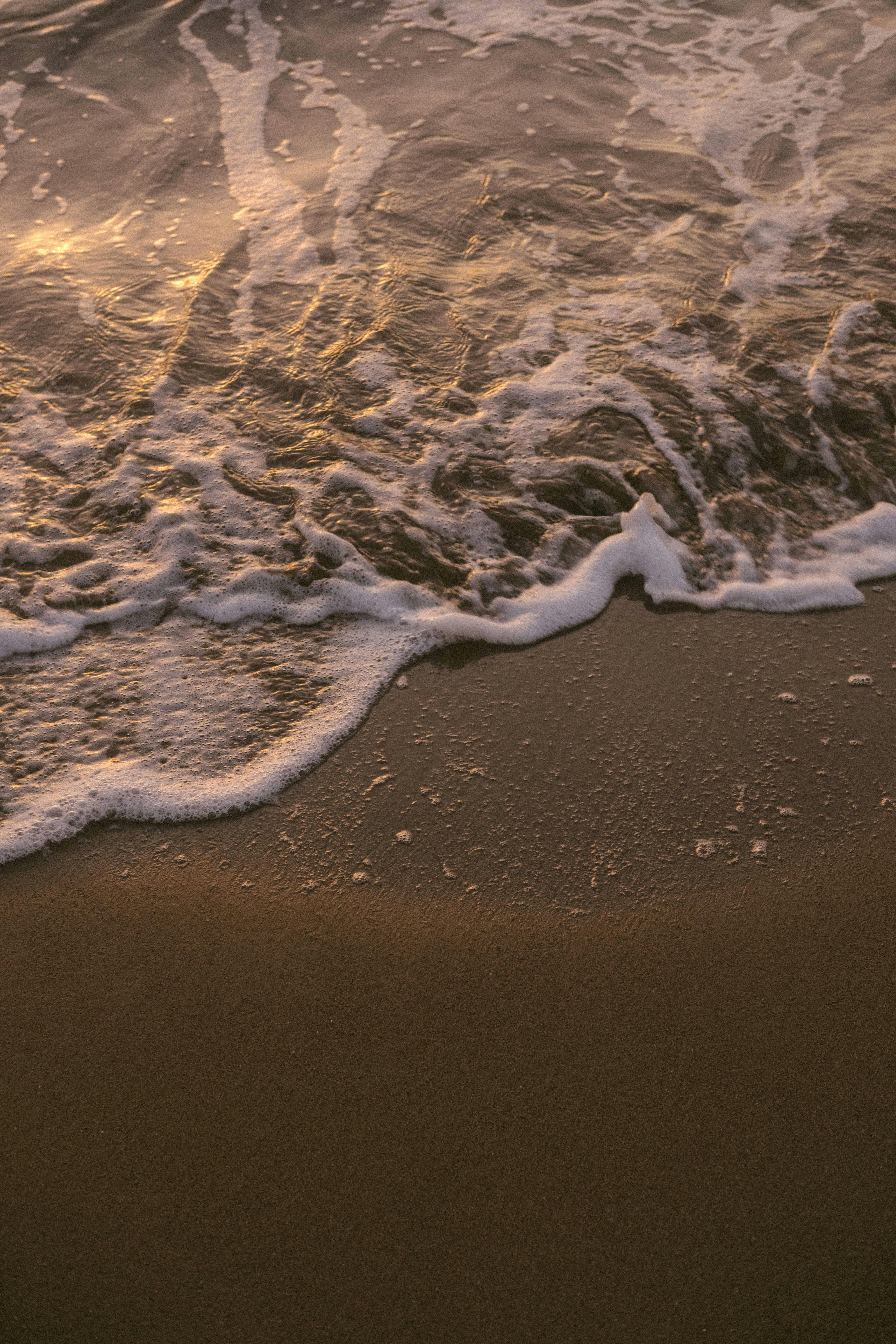Are you curious about whether there are any specific regulations in place for safeguarding sea turtle nesting sites on the beautiful beaches of Nicaragua? Well, the answer lies in the realm of conservation efforts and environmental preservation. With its stunning coastal landscapes, Nicaragua is home to several species of sea turtles that rely on its shores for nesting. In this article, we will explore the measures taken to protect these precious nesting sites and ensure the survival of these magnificent creatures. So, grab a virtual beach chair and let’s explore the world of sea turtle conservation in Nicaragua.
Existing Regulations
Nicaragua has established several regulations to protect the nesting sites of sea turtles on its beaches. Two key regulations are the Law for the Conservation and Management of Wildlife and the Ministry of Environment and Natural Resources Resolution. These regulations aim to preserve and manage the country’s wildlife, including sea turtles, by providing guidelines and restrictions for their protection.
Requirements for Protection
To ensure the safety and conservation of sea turtle nesting sites, certain requirements have been put in place. One of these requirements is the identification and monitoring of nesting sites. This involves locating and documenting the nesting sites to keep track of population trends and implement appropriate conservation measures.
Furthermore, the regulations strictly prohibit the disturbance or destruction of nests. This includes activities such as human interference, construction, or removal of eggs. By preventing these actions, the nesting sites remain undisturbed and allow the sea turtles to complete their natural nesting cycle without any disruptions.
Additionally, the regulations emphasize the importance of protecting both hatchlings and nesting females. Measures are taken to safeguard these vulnerable stages of the sea turtles’ life cycle, ensuring that hatchlings safely make their way to the sea and nesting females can successfully lay their eggs.

Enforcement and Penalties
The Ministry of Environment and Natural Resources plays a vital role in enforcing the regulations and ensuring their adherence. They have the responsibility to monitor and oversee compliance with the regulations.
In cases of violation, fines and penalties are imposed. These penalties serve as a deterrent for individuals or organizations who may disregard the regulations. By holding violators accountable, the authorities send a clear message that the protection of sea turtle nesting sites is a serious matter and must be given utmost importance.
Community Involvement
Recognizing the significance of local participation, community involvement is highly encouraged in the protection of sea turtle nesting sites in Nicaragua. Local communities play a crucial role in the success of conservation efforts by providing valuable insights and contributing to the implementation of protective measures.
Engaging communities also fosters a sense of ownership and responsibility towards the environment. Through education and awareness programs, locals gain a better understanding of the importance of sea turtle conservation and can actively contribute to its success.

Conservation Programs and Initiatives
Several organizations, both local and international, are actively involved in conservation programs and initiatives to protect sea turtle nesting sites in Nicaragua. One notable program is the Nicaraguan Sea Turtle Conservation Network. This network brings together various stakeholders, including scientists, conservationists, and government officials, to pool resources and coordinate efforts towards the protection of sea turtles and their nesting sites.
Moreover, local NGOs and international organizations have implemented projects that aim to safeguard nesting sites and support sea turtle populations. These initiatives range from habitat restoration and beach cleaning to research and monitoring activities.
Environmental Education and Awareness
Creating awareness and educating both local communities and tourists about the importance of sea turtle conservation is crucial in protecting nesting sites. Nicaragua has developed educational programs tailored for different audiences to ensure that everyone understands the significance of preserving these habitats.
These educational programs target local communities by providing them with knowledge about sea turtles and their ecological role. For tourists, campaigns and initiatives are organized to raise awareness about responsible tourism practices and encourage their active participation in sea turtle conservation efforts.

Challenges and Threats
While efforts are being made to protect sea turtle nesting sites, there are still several challenges and threats that need to be addressed. One of the main challenges is illegal egg poaching and trade. Despite the regulations in place, some individuals engage in illegal activities to collect and sell sea turtle eggs, posing a threat to nesting populations.
Coastal development and habitat destruction also pose significant threats to nesting sites. With increasing urbanization and infrastructure projects, coastal areas are being transformed, leading to the loss of nesting beaches and critical habitats for sea turtles. These developments need to be carefully planned and regulated to minimize their impact on sea turtle populations.
International Cooperation
Recognizing the importance of collaboration, Nicaragua actively cooperates with regional and international organizations in the conservation of sea turtle nesting sites. By working together, countries can share best practices, exchange knowledge, and develop comprehensive strategies for the protection of sea turtles.
Through collaborations, Nicaragua can benefit from the expertise and resources of partner organizations, ensuring that conservation initiatives are effective and sustainable. This international cooperation strengthens conservation efforts and increases their impact.
Successes and Impact
The implementation of regulations and conservation programs has yielded positive results in Nicaragua. There has been a notable increase in sea turtle nesting populations in recent years, indicating the success of protective measures. This increase not only ensures the survival of sea turtles but also positively impacts local ecosystems and tourism.
Sea turtles play a crucial ecological role, including maintaining seagrass beds and controlling jellyfish populations. As their populations thrive, these ecosystems are able to function in a balanced and healthy manner. Additionally, the presence of sea turtles attracts eco-tourism to the area, benefiting local communities through revenue generation and job opportunities.
Future Outlook
While there have been significant achievements in the protection of sea turtle nesting sites, continued efforts are necessary to ensure their long-term survival. Nicaragua recognizes the importance of ongoing protection and conservation and is committed to enhancing existing regulations and initiatives.
The future holds potential for further regulations and initiatives aimed at strengthening the protection of sea turtle nesting sites. These measures may include stricter enforcement, expanding protected areas, and investing in research and monitoring. By staying proactive and responsive to emerging threats, Nicaragua can continue to safeguard its precious sea turtle populations and their nesting habitats.
